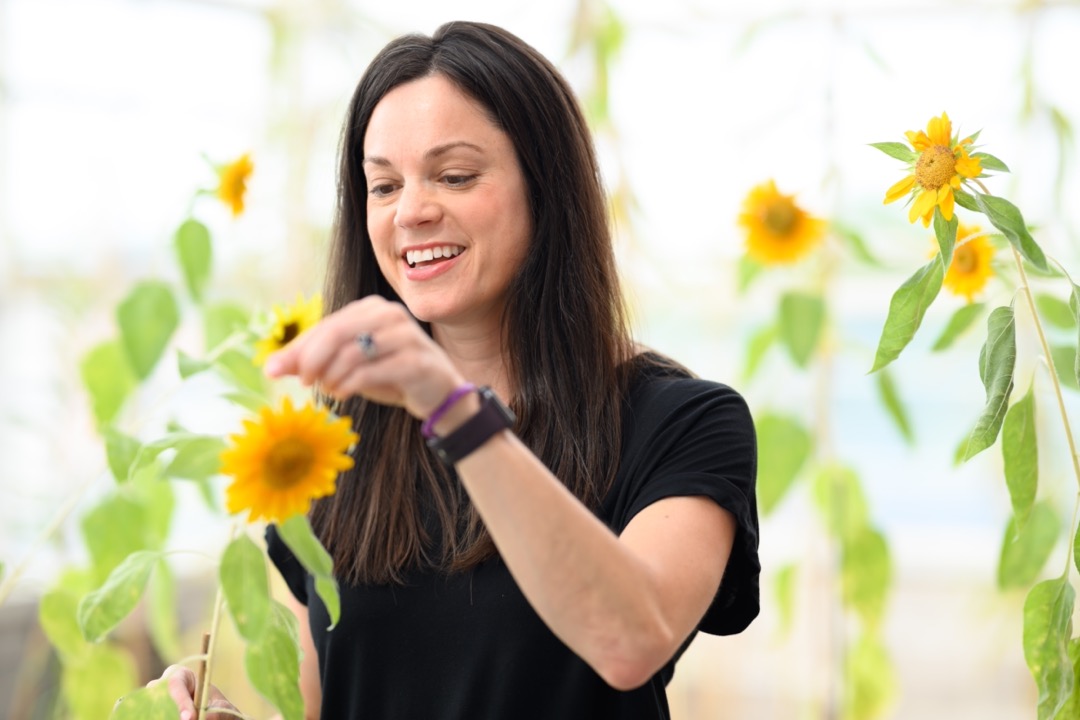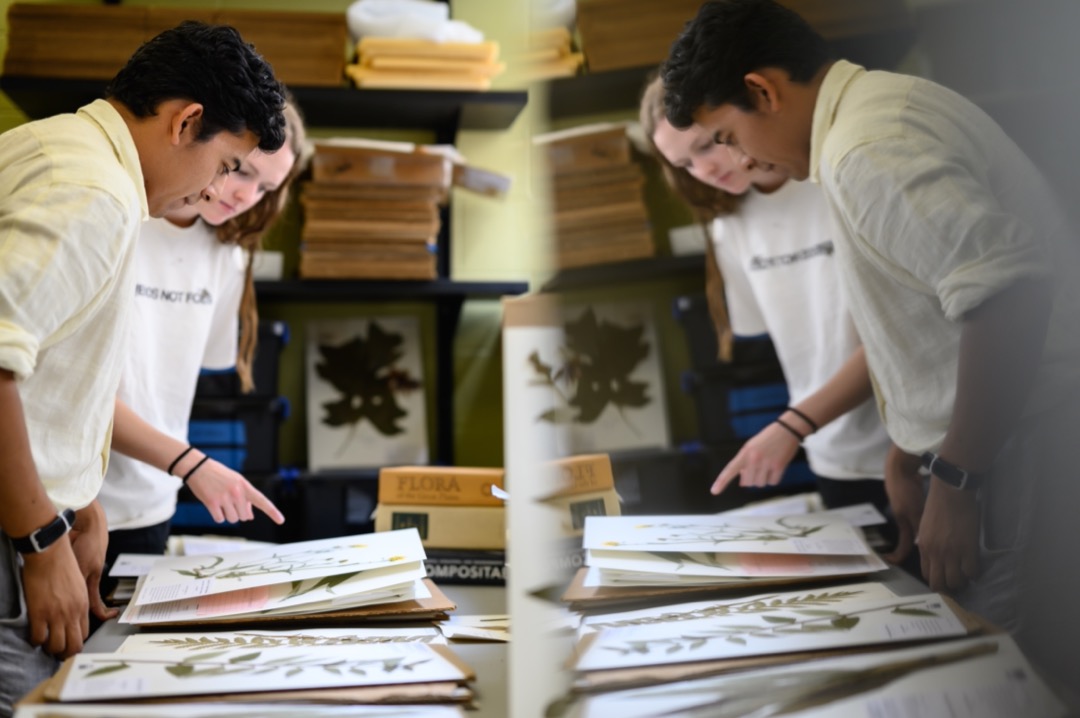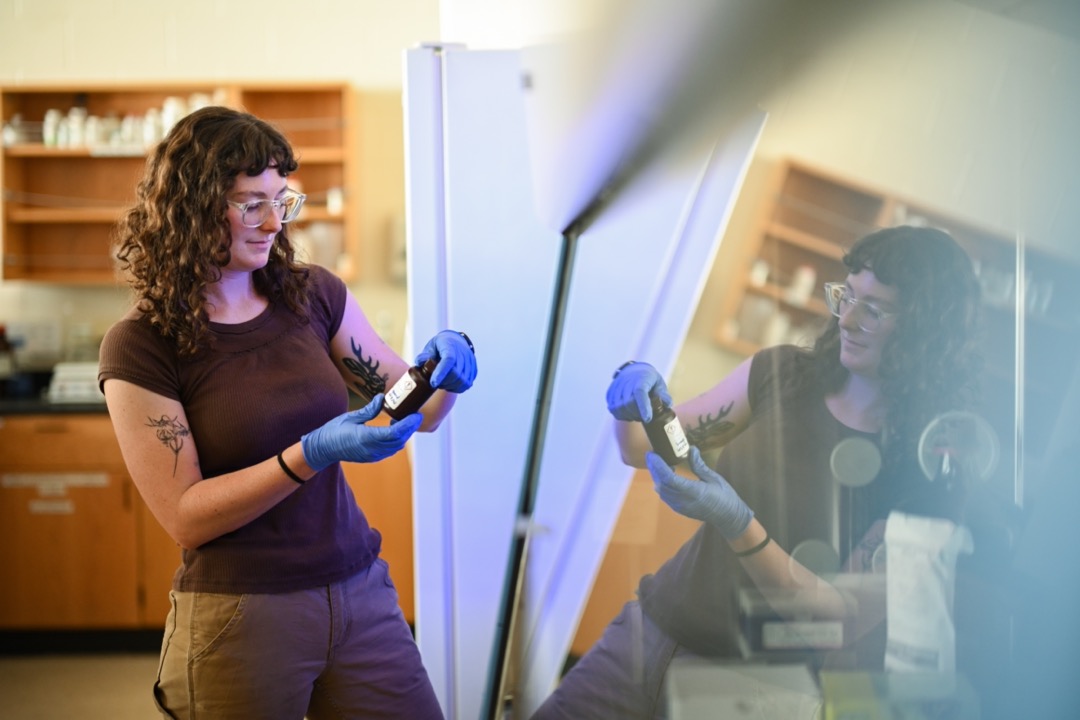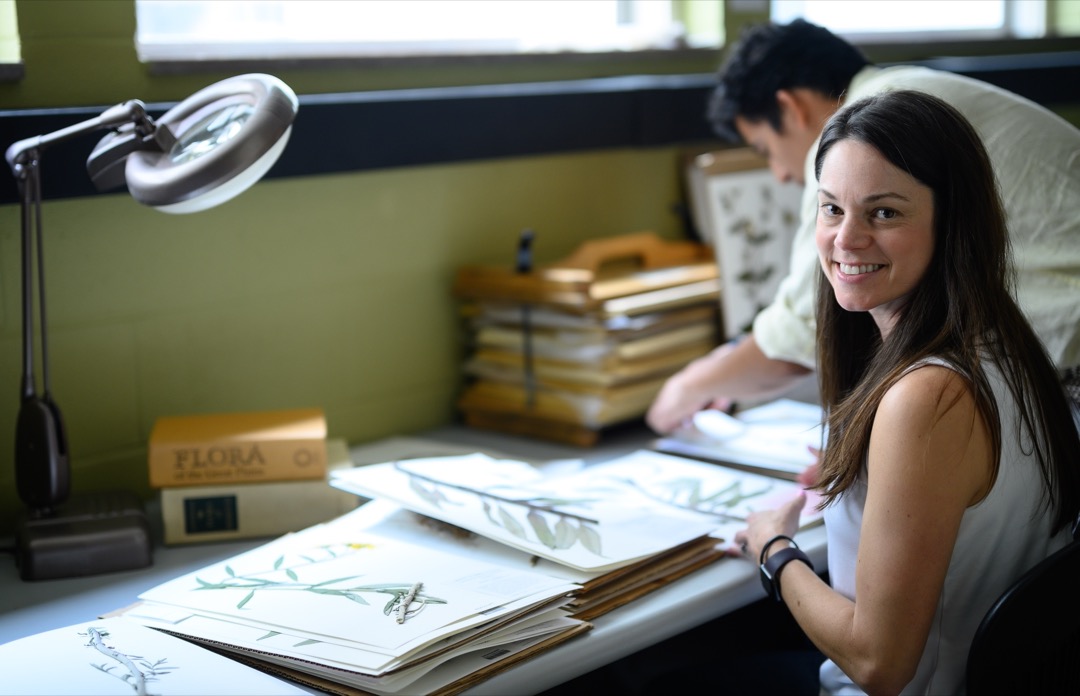
Research in a Minute: Dr. Jennifer Mandel
10/18/2024
I think I’ve been a biologist at heart since high school. I loved being outside and was fascinated with nature.
At the time, I wasn’t sure how to turn that passion into a career, but it led me to study biology in college and find my true calling in plant genetics.
Now, as a Professor of Biology at the University of Memphis, I’ve been working with sunflowers and their relatives for about 20 years. I often get called, “the Sunflower Lady,” and I just can’t help but be captivated by them.
For me, it’s their biodiversity, conservation and the way they’re used in agriculture. When you combine that with their sheer beauty, it’s hard not to be drawn to these incredible plants.
Because of my research, I’m often asked, “What’s so important about sunflower genetics?”
Well, the world is changing.
People need more food, and our land is slowly disappearing. Sunflower genetics, and DNA research in general, play a critical role in conserving biodiversity and improving crops. For example, we can use the information from plant DNA to make crops more efficient and adaptable to climate change.
This type of research is vital to our ability to unlock the secrets that plants hold. I work in three primary research environments: fieldwork, labs and computational bioinformatics.
Whether it’s collecting over 2,000 sunflower samples across the U.S. to better understand and conserve the species or traditional lab work, each environment is unique and contributes to our overall understanding of plant genetics.
After all, we need to understand how to protect plant biodiversity today to ensure
we have the resources we need in the future.
Understanding the DNA
I’ve been sequencing sunflower DNA for well over a decade now, and it’s incredible what it can tell us about these plants. Sunflower genetics, in particular, can give us valuable insights into how to protect them and use their DNA to improve our crops.
In a way, the DNA of plants and organisms, in general, is like a blueprint. It can tell us about their biodiversity and the traits that might be useful for climate change or agriculture, and how we can conserve and preserve them.
The more we understand about the DNA of sunflowers and other plants, the better we can leverage that information to improve the world around us. Not only for the sake of the plants themselves but for the resources they provide us.
The Launch of ACREWe’re launching a new institute here at the University of Memphis, it’s called ACRE, which stands for Agriculture, Conservation Research and Education.
We are very excited about the intersection of agriculture, conservation and sustainability. Our goal is to not only serve the region better, but also train the next generation of scientists and conduct cutting-edge research.
I’m thrilled to be a part of this initiative as we continue to push the boundaries of what’s possible in agriculture and conservation.
Graduate Students
When it comes to my research, my graduate students are indispensable, and I’d be remiss not to mention them. They help us drive our research forward and are often the ones coming up with new ideas, reading papers and really taking our research to the next step. I couldn’t do it without them.
I’ve come a long way since I was a high school student who loved the outdoors and wanted to know how to turn that passion into a career. Today, I get to spend my days doing what I love — learning about and working with plants. It’s not lost on me how fortunate I am to be in this position.
I get to spend hours in the lab, put in the work in the field, and collaborate with some of the brightest minds in the industry. So, the next time you’re driving down the road and see a sunflower, take a moment to appreciate its beauty and the role it plays in our world. And, if you think of me, feel free to call me, “The Sunflower Lady.” I’m proud to wear that title.


Media Contact:
